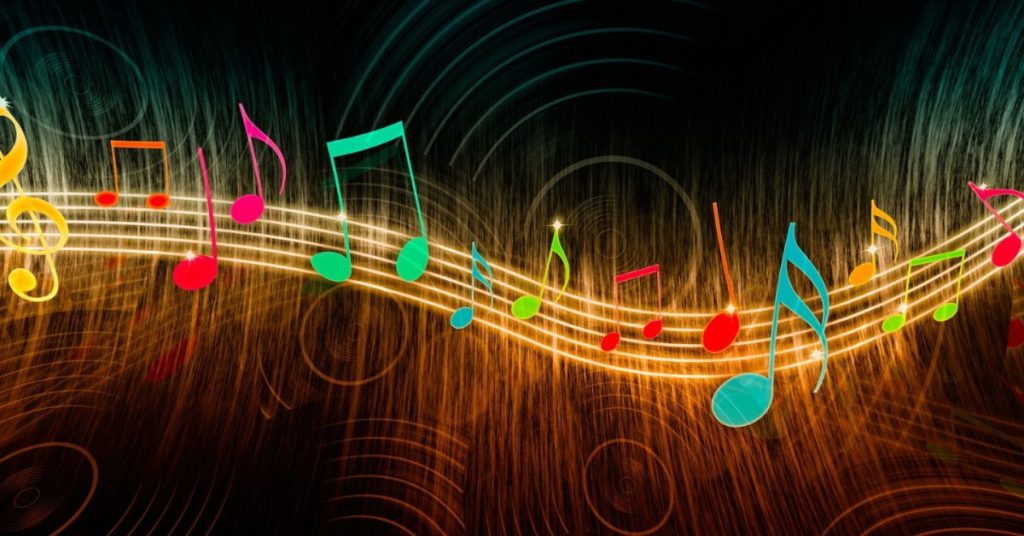Music has a unique ability to transcend borders, cultures, and languages, and the exchange between India and America has birthed a captivating melodic bridge. In recent years, there has been a notable rise in the presence and influence of Indian singers in America, as well as American singers of Indian descent who have embraced their cultural heritage. This article explores the fascinating journey of these artists, their contributions to the music industry, and the harmonious bridge they create through their captivating voices and cultural fusion.

Indian Singers in America:
Indian singers have been making remarkable strides in the American music industry, showcasing their vocal prowess and unique musical heritage. Artists such as Arijit Singh and Shreya Ghoshal have captured the hearts of millions through their soul-stirring performances in Indian film music. Their ability to convey deep emotions and deliver intricate melodies has resonated with audiences worldwide, leading to collaborations with renowned American artists and exposure to a broader international fan base.
With their diverse musical influences, Indian singers have effortlessly adapted to different genres and styles while staying rooted in their Indian musical traditions. This cultural fusion has struck a chord with American audiences, who appreciate the authenticity and richness of Indian melodies combined with contemporary sounds. Through their mesmerizing performances, these singers have not only entertained but also helped bridge the gap between Indian and American musical sensibilities.

American Singers from India:
Conversely, American singers of Indian descent have embraced their cultural heritage and incorporated Indian musical influences into their artistic expressions. Artists like Zeshan B and Raja Kumari have seamlessly blended Western and Indian elements, creating a unique fusion that captivates listeners. Their bilingual lyrics, infused with Hindi or regional Indian languages, add depth and authenticity to their music while incorporating elements of Indian classical, folk, or Bollywood sounds.
These American singers from India bring a fresh perspective to the music scene, blending Western pop, hip-hop, or R&B with the melodic intricacies of Indian music. Through their music, they proudly represent their Indian roots while appealing to a global audience. Their ability to navigate between cultures, languages, and musical styles has garnered attention and recognition in both India and America, fostering a sense of cultural pride and appreciation among diverse audiences.

Cross-Cultural Collaborations:
One of the most exciting outcomes of the exchange between Indian and American singers is the emergence of cross-cultural collaborations. Projects like the “Coke Studio” series have provided a platform for Indian and American artists to come together and create musical masterpieces. These collaborations often involve reimagined versions of popular songs, blending Indian and Western sounds, languages, and musical styles.
The power of these collaborations lies in their ability to transcend cultural boundaries and create music that resonates with people from different backgrounds. They serve as a testament to the universality of music and the profound connections it can forge. Through these joint ventures, Indian and American singers not only create beautiful harmonies but also foster cultural understanding, appreciation, and unity.

Preserving Cultural Heritage:
Indian singers in America and American singers from India play a vital role in preserving and promoting Indian musical traditions. By incorporating Indian elements into their music, these artists introduce the rich heritage of Indian melodies, rhythms, and vocal techniques to a wider audience. In doing so, they contribute to the preservation and revitalization of traditional Indian music, ensuring its legacy continues to thrive in the modern world.
Moreover, their contributions help bridge the gap between the Indian diaspora and their cultural roots. Their music serves as a cultural bridge, connecting generations, inspiring cultural pride, and reinforcing the importance of preserving one’s heritage while embracing new horizons.

Conclusion:
The melodic bridge between Indian singers in America and American singers from India represents a harmonious fusion of cultures, languages, and musical traditions. Through their captivating voices and cross-cultural collaborations, these artists break down barriers and create connections. They inspire cultural appreciation, bridge gaps, and serve as a reminder of the universal language of music. As the melodies resonate on both sides of the globe, they weave together the diverse threads of Indian and American musical legacies, fostering unity and celebrating the beauty of cultural diversity in a harmonious symphony.
